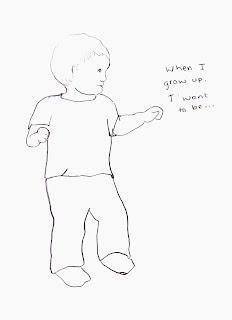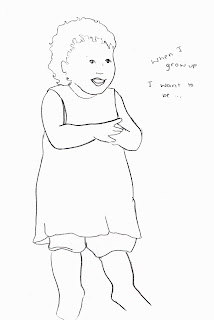Now I have finished my storyboard I will focus my time on media and creating a finished look for my pages. I will experiment further with colour combinations and how much collage to use in my images, and when this is finalised I can start to create my final pages. I am fairly sure that the style I want to create my book with is mixing collage with ink or paint, however I want to experiment to see how much of the image can be collage without overwhelming it. I also want to try out tubes of watercolour paint for the background rather than the pan watercolours I currently use to see if a bolder clearer colour is more effective.
I need to finalise the text for my book, and break it up into which bits will fit onto which pages. At the moment I have a story planned out, but I haven't decided on the final wording of the text, whether to keep it short or complicated, or how exactly it will be split between the pages. These are all things I need to decide upon next.
I also need to design the text for my book, both the font and the positioning on the page, which will also affect the layout of the pages. I don't want my text to simply go at the bottom or side of the page, so I want to experiment with ways of incorporating the text into the image.
I will start looking at different ways in which to make my book. I want to make a handmade version of my book, so I will need to research and experiment with different techniques of book binding. I also want to have a few copies made proffessionally, so I will need to look at print companies to order from.
I plan to spend the next few weeks experimenting with these things to make my final design clear and finished before looking into producing the final book.




















a.jpg)
a.jpg)




a.jpg)
b.jpg)





















a.jpg)
a.jpg)

.jpg)